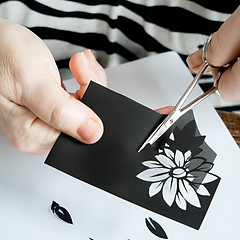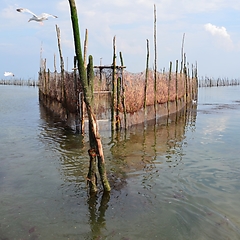Coins are generally regarded as one of the oldest inventions of humanity. The craft of coin making is therefore also old and has always been characterized as very traditional and specialized. Making coins is labor-intensive and very precise work that starts with designing and making stamping tools. The craft of coin making and the stamping tool required to mint coins encompasses various disciplines in which the modeller's main task is to find a good balance between the translation of the design and the metal properties. Requirements that follow from the Mint Act and specifications that apply to prevent counterfeiting ensure that the craft is extremely specialist and unique.
The craft now: 3D design and lasers
Nowadays, modeling is mostly done on the computer and a work stamp / mirror image stamp can be made directly with a laser. The craft is still evolving daily and new techniques are being used to beautify coins or to improve safety features. Combinations between the old craft and modern techniques are also possible. For each coin you need two stamps, a front stamp and a reverse stamp. In our country, the head of state is always on the front of the coin. If everyone is satisfied with the stamps, they are often polished. That is very good polishing with diamond paste of the smooth surfaces in a coin. This makes the difference between the relief and the background much larger. Matt versus glossy.
In the past there were and several cities with a coin house and coinage, nowadays all Dutch coins are minted at the Royal Dutch Mint in Utrecht. About 70 people work here and mint coins for the Netherlands but also for many different countries in the world.
The craft in the past: from stamp cutting to plaster model
Coins used to be struck by hand with the help of a hammer. The oldest coin stamps were cut in copper. In Roman times, people switched to iron stamps that were hardened after cutting out the performance and thus lasted longer.
From the nineteenth century the stamps were made by machine using a reducing machine. In the past, a design was first made as a plaster model. That is the representation in plaster, a number of times larger than the coin eventually becomes. This had to be engraved in a steel stamp at its actual size. That stamp is then the mother stamp. This means that it serves as an example for all other stamps. With that mother stamp a work stamp is made: very hard this stamp is slammed on another piece of steel. Then you get the image in mirror image. That is exactly what a stamp should be, because otherwise you cannot read what is written on the coin itself.



